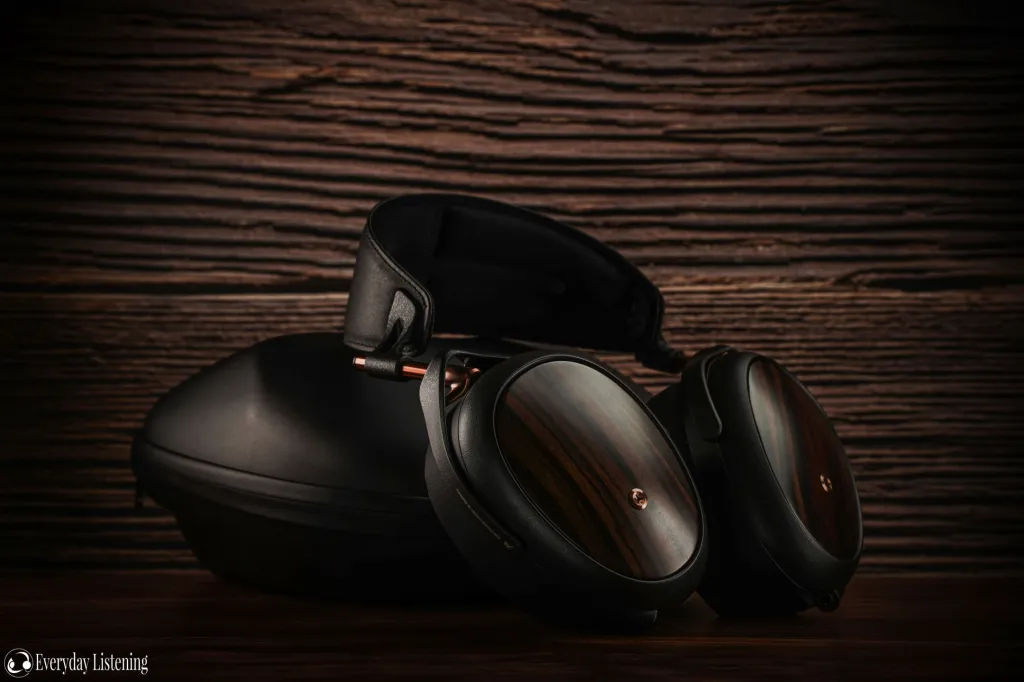Note: this review has been updated with new information, including separate sound impressions and IEM pairings sections for each dongle.
I’d like to thank Andy Kong from Cayin and ZhangTao and Peng Wan from L&P for sending us review samples of the RU7 and W4 and contributing additional technical information as required. On behalf of our readers, we appreciate your support!
Review contents:
- Introduction (this page)
- L&P W4
- W4 sound impressions and pairings
- Cayin RU7
- RU7 sound impressions and pairings
- Sound comparison
- Track notes
- Closing thoughts
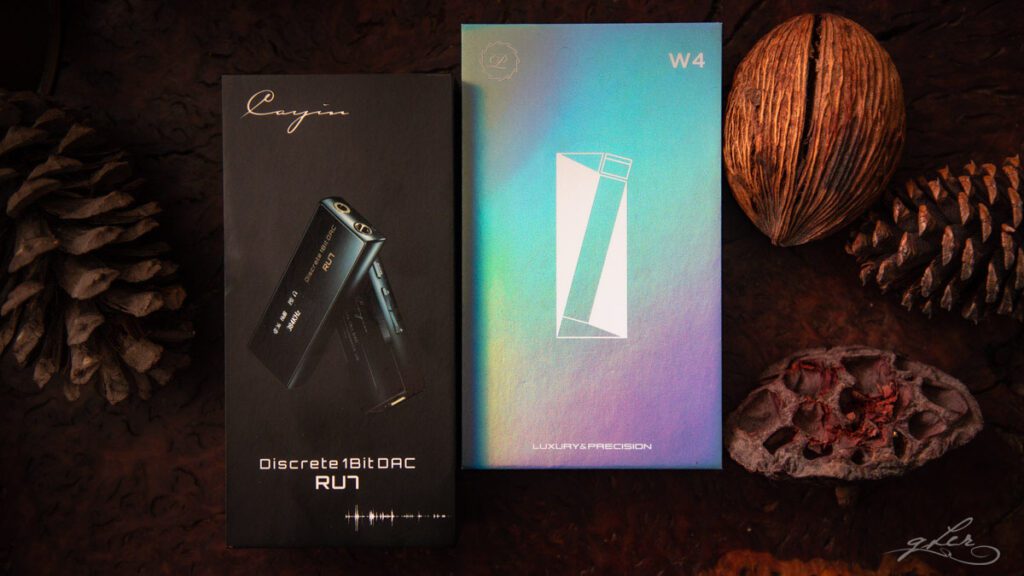
Preface
Dongles. Probably the easiest way to get better sound quality from your smartphone or laptop without breaking the bank.
For the benefit of newcomers to the hobby, ‘dongle’ is a term of endearment given to an external, er, dongle, that attaches to your smart device (via USB or, for the time being, Lightning port), and contains all the smarts you need to output lossless and hi-res audio to your wired IEMs or headphones.
These devices are typically more powerful than the internal audio hardware of your phone, tablet or laptop, and also have the necessary wired headphone ports that many manufacturers inexplicably consider redundant. That means they can drive your IEMs and headphones with more power and better control, and have more sophisticated DACs to support higher-quality digital music files (and streaming services).

On the flipside, dongles are, by design and necessity, very small. They need to be, in order to be unobtrusive enough to make using them appealing for users on the go. That means they don’t have the physical space of larger music players – DAPs and portable amps – and have therefore trailed behind these devices with their driving power. There’s also a limit on how complex their DAC designs can be, mostly to keep power draw low enough so as not to drain the host battery too quickly.
Yes, there are certain dongles that offer slightly different features, like built-in batteries and Bluetooth (for both sending and receiving audio), though these devices come with their own compromises, typically sound quality.
But I digress. Just this month, two new dongles have appeared on the market, almost simultaneously, that are pushing the limits of what we’ve seen to date in this form factor. For starters, both feature ultra-clean power output nearing half a watt, with fully-balanced circuits, more powerful than many DAPs despite the size disparity. Both also feature new DAC designs significantly more advanced and capable than those in their predecessors.
At risk of sounding dramatic, I call them the Superdongles.
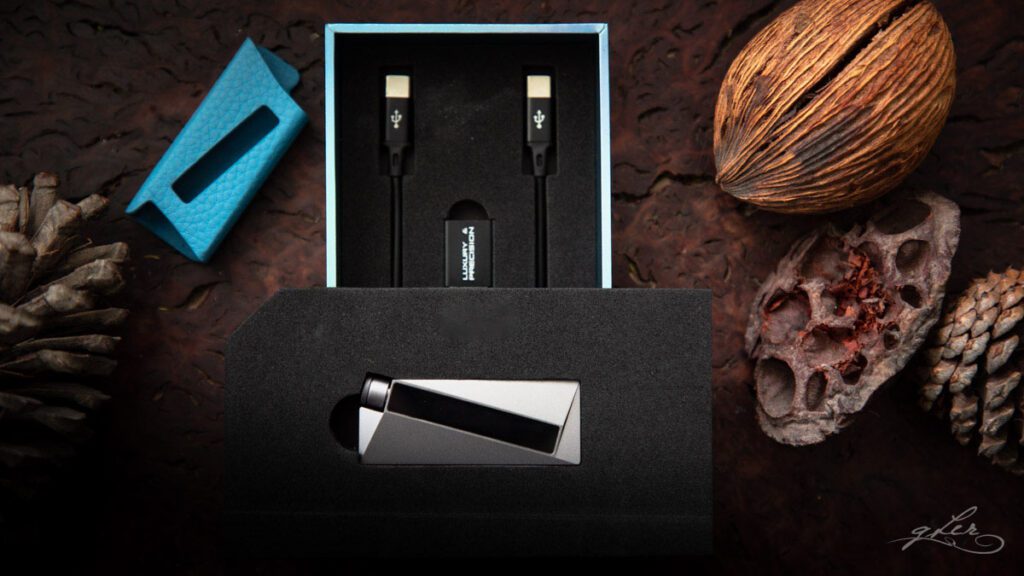
The ‘Superdongles’
Cayin’s RU7 and Luxury & Precision’s (L&P) W4 are the new flagship dongles from each company, and represent what I consider to be the state of the art in dongle design.
I have used several dongles from different companies before, but until I got the opportunity to try these new dongles, I very rarely saw the benefit of using one over a DAP, or even in place of a phone with wireless IEMs. To my ears, the quality and driving power was simply not there compared to the DAPs I use with the high-end IEMs I favour. Suffice to say, that’s no longer the case.
Cayin’s RU7 ($290 at Musicteck) features the world’s first discrete 1-bit DAC in dongle format, following closely on the company first 1-bit DAC-in-a-DAP in the N7. Not only that, the RU7 isn’t far behind the N7 when it comes to driving power, especially with IEMs, despite the $1,700 price difference between the two.
It has other interesting features too, like a dedicated, albeit basic, line out mode, and an All-To-DSD engine that I’ve only seen in seriously expensive players before now. You can read the full Cayin RU7 overview here.
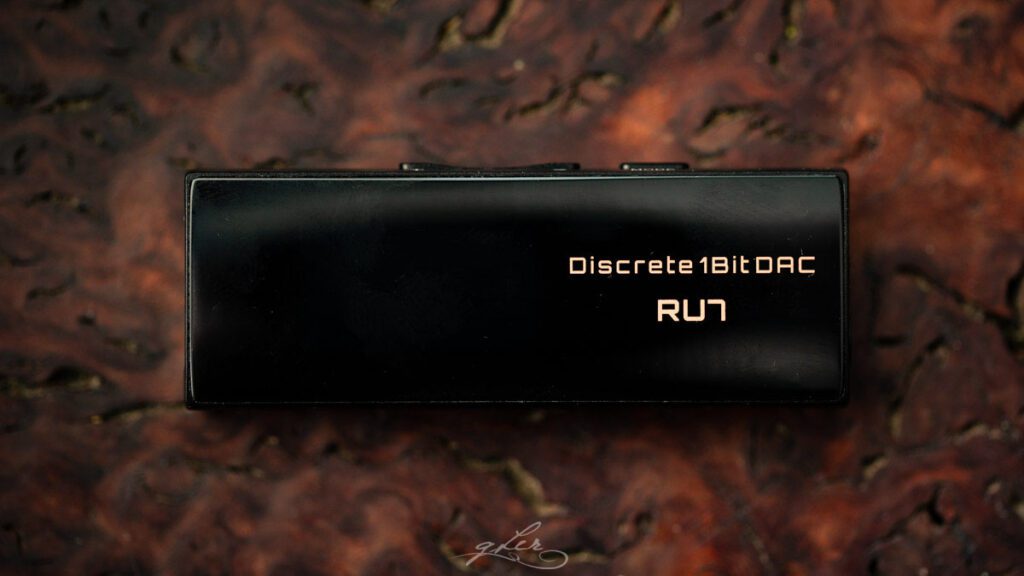
L&P’s W4 ($450 -$482 at MusicTeck) is the company’s first dongle featuring a bespoke, custom-built delta sigma ‘quad’ DAC (LP5108). Although there’s been some controversy about the alleged use of OEM DAC chips in the makeup of the LP5108, there’s no questioning the sheer performance of the digital engine in the W4, which in my experience so far, surpasses some full-size desktop DACs.
The W4 also features some of the lowest noise and distortion measurements of any audio player, let alone a dongle, and other unique hardware and software features that I’ll cover in the full W4 overview here.
Since someone, somewhere is going to ask, this review is not setting out to favour one dongle over the other. I’m going to cover all the specs and features of both before comparing them, side-by-side, to test how they pair with different IEMs, and how they perform using different music. The only reason I’ve listed Cayin before L&P is because alphabetically C comes before L. It’s as simple and as complicated as that.
And just to prove the point, let’s start by taking a closer look at the new L&P W4.
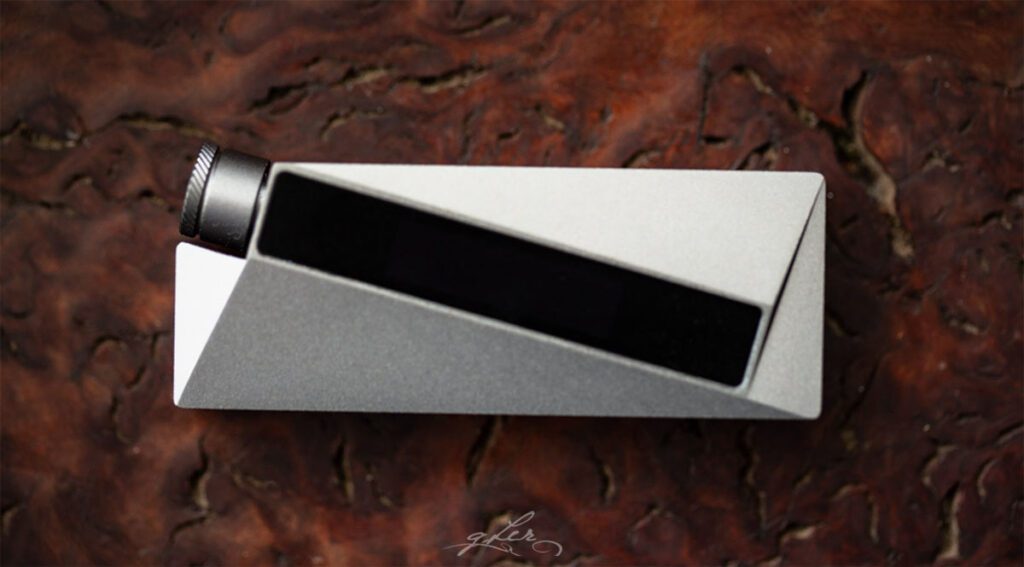
Continue to L&P W4…


